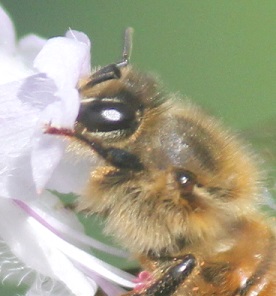 Learn about the richness and diversity of invertebrates with this speciality course.
Learn about the richness and diversity of invertebrates with this speciality course.
Unlike their vertebrate counterparts, invertebrates are not a single phylum of animals. In this course, you'll study microscopic and macroscopic phyla, discuss the significance of particular orders such as coleoptera, diptera, and hymenoptera, and more.